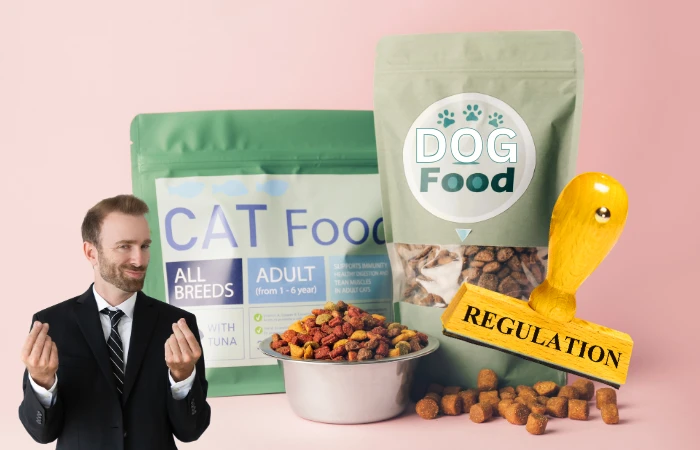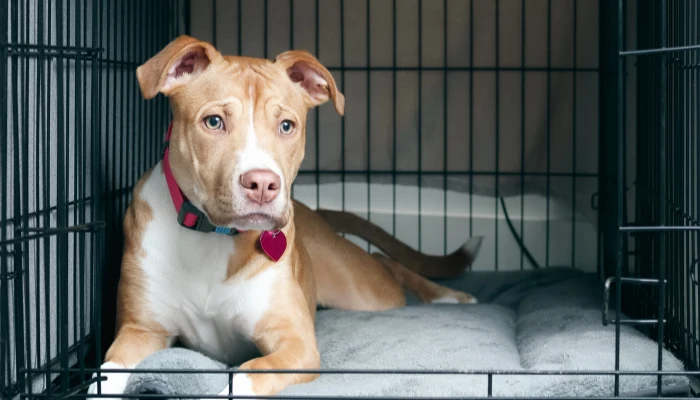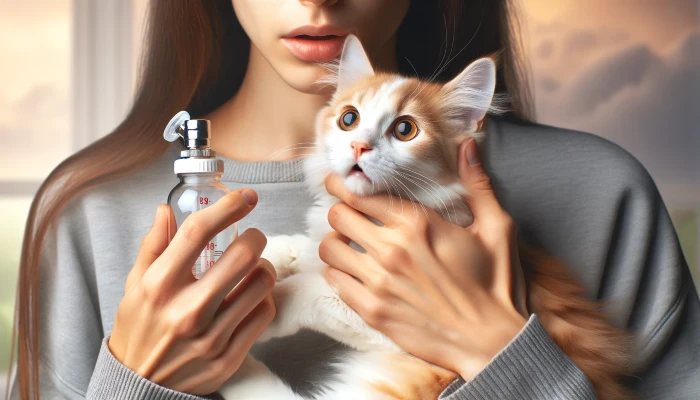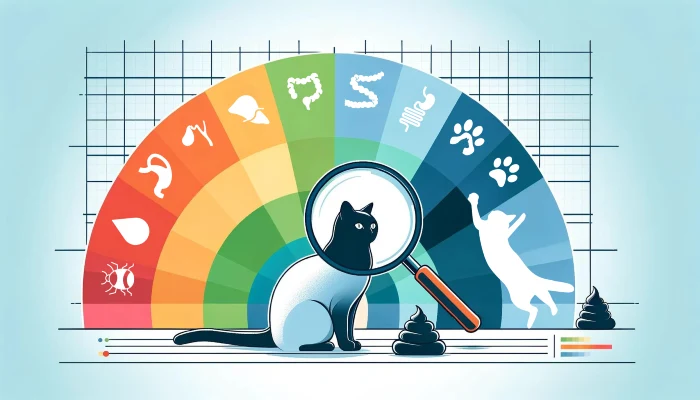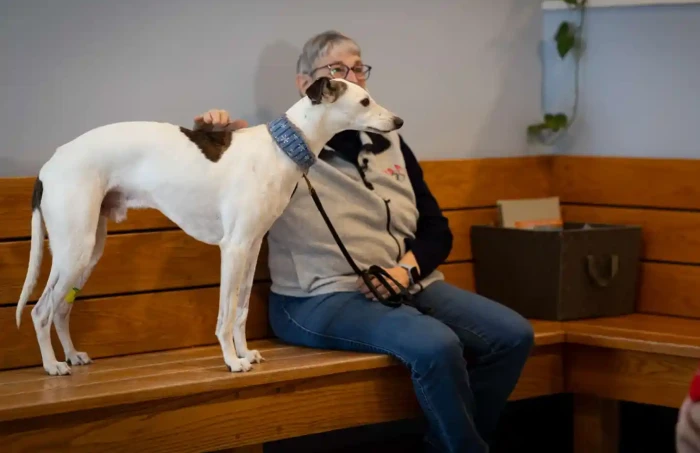Imagine a world where your dog or cat’s food is solely under the umbrella of federal control. Everything is dictated from Washington D.C. and the States have no say.
Sounds simplifying, right? And who doesn’t want to simplify things!
Well, it does simplify regulations, but to whose advantage exactly.
Keep reading because the reality might be more nuanced than it seems.
A Sneak Peek into the Industry’s Quiet Moves
Recent discoveries indicate that pet food manufacturers, along with ingredient suppliers, have been quietly mapping out a transformation in how pet food gets regulated. Their aim? To move away from the mixed system of state and federal regulations and adopt a single federal system.
Why the Need for Change?
Under the present system, pet food manufacturers are governed by both state and federal regulations. But here’s the catch – the rules aren’t the same across all states. The industry’s argument is the need for uniformity. As they put it, a federalized system is the answer to consistent regulations.
The Pet Food Institute suggests that this change isn’t just a proposal; it’s a near-future reality, although it might still be a few years down the road.
So, What’s the Big Deal for Pet Owners?
No one’s denying the existing pet food regulatory system needs improvement. Despite over a century of AAFCO meetings and countless taxpayer dollars, the dream of uniform pet food regulations remains unfulfilled.
However, some critical concerns arise:
If the FDA becomes the sole regulator, will it have the necessary funds to adequately manage this mammoth task? Currently, states oversee things like label accuracy. Will the FDA ensure that labels remain truthful?
Pet food makers currently register products in every state and pay fees based on sales. This helps states test pet food products, ensuring the bad ones don't hit the shelves. If state regulation ceases, will the FDA pick up this testing role? The fear is that without these tests, unsafe foods might end up in our pets' bowls.
But those two issues aren’t even the biggest potential problem with this massive (and very convenient, if you’re a large pet food company) transfer from state to federal oversight. What is, you ask?…
Big Pet Food and the Federal Shift: A Lobbying Dream?
When we talk about pet food regulations, it’s easy to think only about the labels on the tin or the ingredients list. Yet, there’s a deeper, more intricate game at play, especially when considering the proposed shift from state and federal regulations to solely federal oversight. And the ones who might stand to gain the most? The behemoths of the pet food industry.
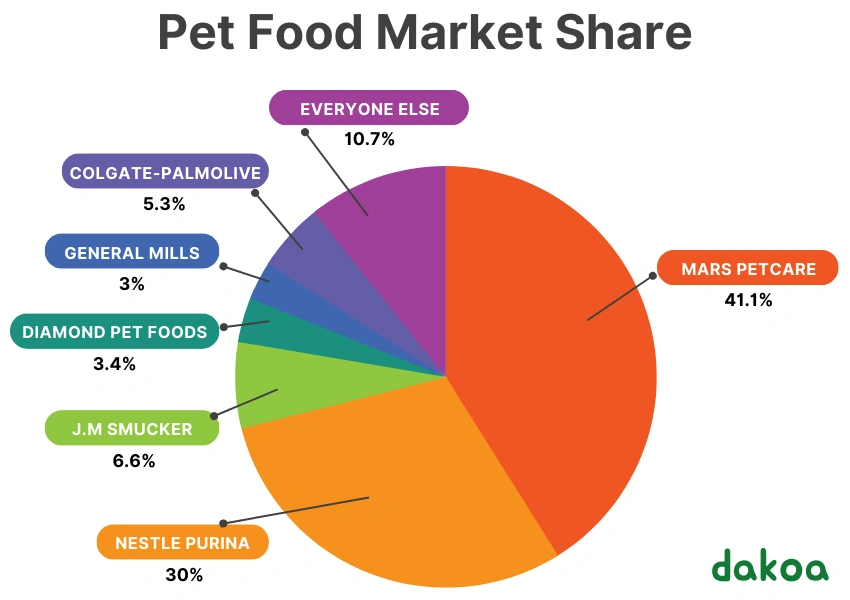
Consolidating Efforts: One Target Instead of Fifty
At present, with a mix of state and federal regulations, pet food giants must distribute their lobbying efforts across multiple battlegrounds. Every state has its own rules, its own nuances, and its own officials to persuade. That means a divided lobbying budget, fragmented strategies, and the need for a broader network of influencers.
However, with a single, centralized federal system, the target becomes singular. No longer would there be a need to convince officials across 50 states. All efforts, all budgets, and all strategies could be focused squarely on federal entities.
Economies of Scale: A Unified Lobbying Strategy
A centralized regulatory system would likely mean a more streamlined lobbying approach for large pet food corporations. By focusing solely on the federal government, these companies could consolidate their resources, potentially gaining more influence.
Imagine a company’s entire lobbying budget, previously split between multiple states, now channeled entirely toward federal decision-makers. The concentration of funds and efforts could enhance their lobbying power, making it easier for them to sway policies in their favor.
Fewer Walls to Scale
Lobbying isn’t just about money; it’s about relationships, understanding bureaucratic intricacies, and navigating legal mazes. Currently, major pet food companies must understand and build relationships with officials across multiple jurisdictions. A unified federal system would mean fewer relationships to manage, fewer legal nuances to navigate, and a more singular, focused approach to influencing decisions.
While a unified federal system for pet food regulation might seem, on the surface, to be about consistency and standardization, it’s essential to recognize the potential power shifts.
The behemoths of the pet food industry could find themselves in a favorable position, with a clearer, more direct path to influencing regulations. As consumers, it’s our responsibility to ensure that the balance of power doesn’t tip too far in any one direction, keeping the best interests of our pets at the forefront of any regulatory change.
More To Discover
- New Tech From US Researchers Transform Dandelions and Shrubs Into High-Performance Rubber Tires
- The Elusive Dream of Nuclear Fusion, 50 Years In The Making: But When Will It Be Ready To Power Our Homes?
- USDA Updates Plant Hardiness Map Reflecting Warmer Zones, Stirring Gardener Concerns Over Climate Change
- The Future of Our Cities: Powered by… Toilet Water?
But Where’s Our Voice?
Perhaps the most significant concern of all is the lack of consumer involvement. Despite discussions with states, AAFCO, the FDA, and interested Congress members over the last year and a half, no one thought to loop in consumers. It begs the question: where’s our seat at the table?
The impending changes in pet food regulation raise many eyebrows and even more questions. As pet owners, it’s crucial to be aware, to ask questions, and to demand a voice in decisions that affect our beloved four-legged family members.
The future of pet food regulation might be uncertain, but our commitment to our pets’ well-being should always remain unwavering.








